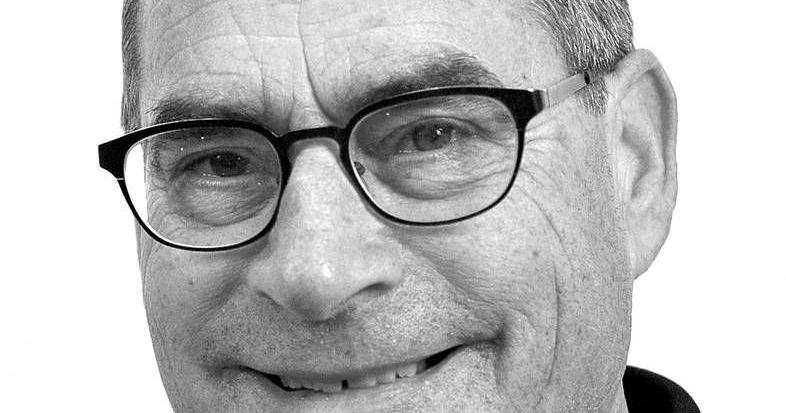[ad_1]
“What is the square-foot cost to build?”
That question, while straightforward, is one builders dread. They hate it because the answer sounds like a dodge and puts them on the defensive. The answer is always: “It depends.”
Are we talking just heated square footage? Well, no, there’s also a garage and some portals. So, we mean total roofed area? Well, no, there’s that long driveway and all needed utilities. Cheap fixtures and finishes? Well, not too cheap, but not the most expensive, either. The list of considerations that narrows “it depends” to a final dollar per square foot is endless.
What is also true, if counterintuitive, is that “small and simple” (all other things being equal) is always more per square foot than “average.” A “simple” one-bedroom casita of 500 square feet has all the same costly elements of a “simple” one-bedroom, 1,000-square-foot casita. The smaller one will cost much more per square foot to build, though total cost might be less.
So what’s the point of this remedial lesson?
Affordable housing, built for homeownership at the lowest price levels mandated by city rules, sells for less than the square-foot cost to build them. That’s not counting the land, infrastructure, financing or sales commissions. They are deep money-losers.
What developer can sustainably eat that kind of loss? None. Which is why for-profit developers, who are required to sell 20 percent of their homes to income-qualified buyers, must subsidize the losses from sales of the nonaffordable homes, thus creating an unfilled gap between market-rate and affordable homes. The gap is widening every day.
The city’s requirement for homeownership subdivisions of 20 percent affordable, no fees in lieu allowed, are targeted to those with 50 percent to 80 percent of area median income as set by federal standards. For a family of four, that’s annual incomes roughly from $30,000 to $50,000.
City rules say a family of four is entitled to a three-bedroom, two-bathroom affordable house no smaller than 1,150 square feet. If “all-in” construction costs are $200 per square foot (they’re likely more), that’s $230,000 before land, infrastructure, financing and commissions.
Add all of those, and the affordable home “costs” are near $300,000. Yet they must be sold to qualified buyers for well under $200,000. Who can do that? The virtual absence of new affordable homes for sale says apparently no one. Notable exceptions are Homewise and Santa Fe Habitat for Humanity, both nonprofits committed to building new affordable homes for sale. Homewise does it by building subdivisions with market-rate homes that help subsidize affordable homes.
Most of its subdivisions have double the number of affordable homes the city requires, and it qualifies buyers who earn up to 120 percent of area median income.
Homewise also is a financial institution, a real estate brokerage and an unequaled getter of grants.
Habitat for Humanity has a different model and is the only entity in town exclusively selling homes to earners at the bottom tier of eligible incomes.
Smart developers recognize donating 20 percent of their lots to Habitat, in exchange for a 50-cents-on-the-dollar state tax credit, will get them off the money-losing hook.
Conceivably, Habitat could be called on to take on every developer’s 20 percent requirement, which would explode its current pace of six or seven homes per year to dozens per year. That’s a big lift, but somebody has to do it. With an existing pledge to have all of its homes be net-zero energy with rooftop solar panels, Habitat may also be energy efficiency-shaming the 80 percent market-rate homes into doing the same.
Kim Shanahan has been a Santa Fe green builder since 1986 and a sustainability consultant since 2019. Contact him at shanafe@aol.com.
[ad_2]
Source link
